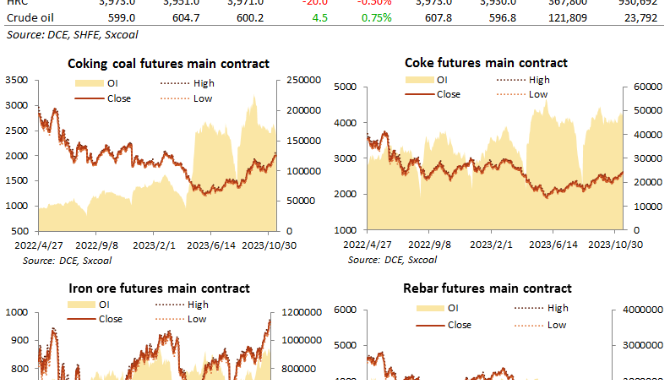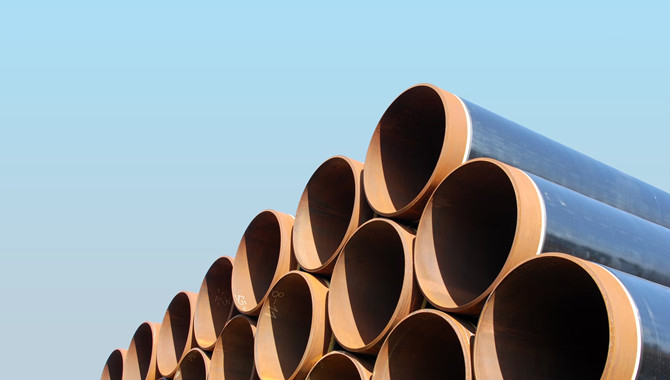
The new coronavirus caused barely a blip in China's imports of major commodities, but this likely underscores the ways China differs from the rest of the world, rather than providing a template for the globe's recovery from the pandemic.
China's crude oil imports in March, the month when much of the world's second-largest economy was in lockdown, were equivalent to 9.68 million barrels per day (bpd), according to official customs data released on Tuesday.
That's 4.5% higher than March last year and modestly down from the 10.47 million bpd average for the first two months of 2020.
What makes March's figure even more impressive is that it came against a backdrop of reports that China's crude oil demand was down by about 4 million bpd, or roughly a third, during the months because of the coronavirus outbreak.
What numerous analysts and commentators failed to take into account during March was that crude oil demand is made up of both consumption and inventory builds.
While consumption was undoubtedly severely affected by the lockdown, it's also clear that China merely diverted the crude into both strategic and commercial storage, taking advantage of the slide in prices that was underway at the time.
Overall, China's first quarter crude oil imports were about 10.2 million bpd, up 5% from the same period a year earlier.
This performance shouldn't be interpreted as meaning the coronavirus had effectively no impact on China's crude demand, rather it should be viewed as proof that the world's largest crude importer still has the appetite and ability to stockpile.
This is unlikely to be the case for much of the rest of the world, which is about one month to six weeks behind China when it comes to the timeline of the coronavirus pandemic.
While the United States and other Western countries can add to their strategic and commercial stockpiles, they won't be able to do it to the same extent that China did in March.
The hit to oil consumption across much of the world from the coronavirus is estimated to be as large as 30 million bpd, or about 30% of the global total, meaning that even additional storage purchases will be manifestly inadequate at soaking up the all the available crude.
Iron ore, coal, copper
It wasn't just crude oil imports that stayed resilient through the worst of China's coronavirus experience, with iron ore, coal and copper also holding up.
Iron ore imports in March were 85.91 million tonnes, down a mere 0.6% on the same month last year, while the first quarter saw imports rise 1.3% from the same period in 2019.
While there were weather-related and other disruptions affecting both first quarter imports this year and last, the overall picture remains one that China's commodity demand was largely untouched by the coronavirus.
Coal imports were 27.83 million tonnes in March, up 18.5% from the same month a year earlier, while first quarter imports were 28.4% higher, reflecting pent-up demand caused by the slowing of offloadings at the end of 2019, and the shortage of fuel caused by the idling of some domestic mines and transport links because of the coronavirus.
Copper, the industrial metal often used as a barometer for manufacturing activity, also saw year-on-year purchases rise in March, with unwrought copper imports gaining 13% to 441,926 tonnes.
For the first three months of the year, unwrought copper imports were up 9.1%, yet another performance that flies in the face of the narrative that the coronavirus would severely damage the Chinese economy.
Overall, what the commodity imports show is that China is unlike the rest of the world, insofar as its vast manufacturing, construction, industrial and oil refining sectors can withstand a month or two of virtual shutdown.
Source:Marine Link
The opinions expressed herein are the author's and not necessarily those of The Xinde Marine News.
Please Contact Us at:
media@xindemarine.com


 PIL launches Academy to strengthen workforce compet
PIL launches Academy to strengthen workforce compet  Coal shipments to advanced economies down 17% so fa
Coal shipments to advanced economies down 17% so fa  China futures market updates at close (Nov 14)
China futures market updates at close (Nov 14)  CISA: China's daily crude steel output down 5.7% in
CISA: China's daily crude steel output down 5.7% in  China futures market updates at close (Oct 31)
China futures market updates at close (Oct 31)  CISA: China's daily crude steel output down 1.2% in
CISA: China's daily crude steel output down 1.2% in